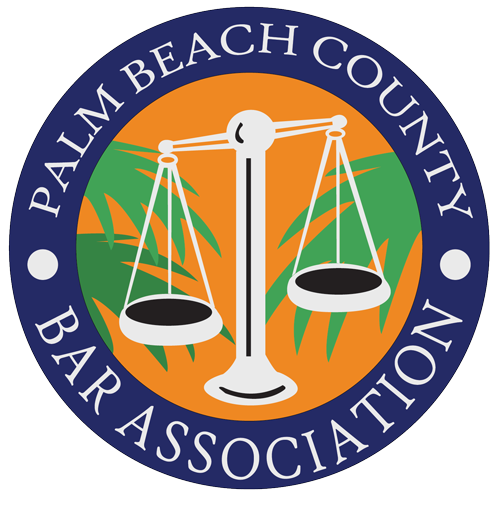ADMINISTRATIVE ORDER NO. 2.702 – *11/25 IN RE: RETURN OF SERVICE FORM
Please click here to view the AO.
ADMINISTRATIVE ORDER NO. 11.108-11/2025 – IN RE: DUTY JUDGE/EMERGENCIES
Please click here to view the AO.
ADMINISTRATIVE ORDER NO. 11.101 10/2025* – IN RE: ASSIGNMENT OF JUDGES
Please click here to view the AO.
ADMINISTRATIVE ORDER NO. 2.503-10/25* IN RE: COURT REPORTING SERVICES
Please click here to view the AO.
ADMINISTRATIVE ORDER 4.912 IN RE: CREATION OF DIVISION “BUI”
Please click here to view the AO.
ADMINISTRATIVE ORDER NO.- 4.911-10/25* – IN RE: MISDEMEANOR COMPETENCY DIVISION “T2”
Please click here to view the AO.
ADMINISTRATIVE ORDER 5.104-10/2025* – IN RE: APPOINTMENT OF MAGISTRATES UNIFIED FAMILY COURT CASES
Please click here to view AO.
ADMINISTRATIVE ORDER. 4.101-10/25* IN RE: ADMINISTRATIVE PROCEDURES IN THE CRIMINAL DIVISION
Please click here to view AO.
ADMINISTRATIVE ORDER NO. 4.202 10/25- IN RE: SCHEDULE OF BONDS AND PROCEDURES RELATING TO PRE FIRST APPEARANCE RELEASE
Please click here to view AO.
OFFICE OF EQUAL OPPORTUNITY ANNOUNCES REQUESTS FOR PROPOSALS FOR LEGAL SERVICES FOR HOUSING DISCRIMINATION CASES
Palm Beach County is seeking proposals from legal firm(s), whose staff attorneys are members of the Florida Bar and experienced in representing complainants in housing discrimination cases under the Federal Fair Housing Act of 1968, as amended by the Fair Housing Act of 1988, to provide legal representation for individuals who have filed complaints of housing discrimination. Full details are contained in the Request for Proposals (RFP).
The deadline for submitting proposals in response to the RFP is Friday, November 14, 2025, 5:00 p.m.
To obtain the RFP No. OEO2025-02R and more information, please visit https://pbcvssp.co.palm-beach.fl.us/webapp/vssp/AltSelfService or contact Pamela Guerrier at 561-355-4884 or [email protected]

